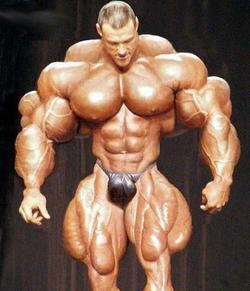If you really want to lose weight for good, you have to exercise. Appetite is controlled in a part of your brain called hypothalamus. If you try to lose weight just by eating less food, your hypothalamus makes you miserable when you see tasty food and know that you shouldn't eat it. If you exercise, you will eat more, but you will not increase your intake of food to equal the extra calories that you burn when you exercise. After you have been exercising for a few months, your muscles will be stronger, you will feel and sleep better and you can actually start to enjoy your new activity. Then you are set for a life-long pattern of burning up the calories you take in.
Unfortunately, the majority of older people who start exercise programs drop out in the first six weeks. People are more likely to stay in an exercise program if they have company and find a sport that is fun for them. The best success comes when a husband and wife exercise together. You can also increase you chances of sticking to an exercise program by having a personal trainer, going to regular exercise classes, or joining an exercise group that is also a social club, such as Road Runners, a bicycle club or a square dancing society.






 05:51
05:51
 kaniamazdar
kaniamazdar











